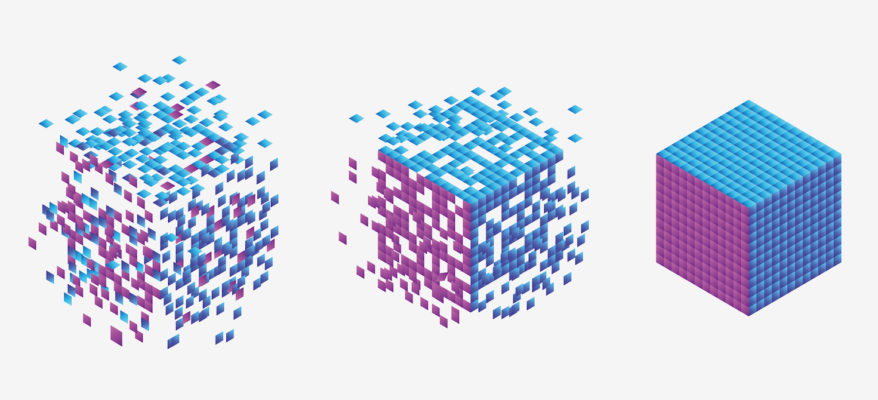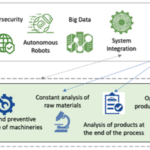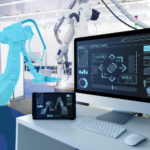Big Data analytics reduce process flaws and save manufacturers’ time and money
Smart Manufacturing which is often equated with ‘Industry 4.0’ leverages the Big Data trend of advances in volume, velocity, and variety of data, and applies ‘Big Data analytics’ to make sense of it by improving existing analysis capabilities and providing new capabilities such as predictive analytics.
Big Data Analytics refers to the application of statistics and other mathematical tools to business data in order to assess and improve practices. In manufacturing, it helps decode complex manufacturing process by taking previously isolated data sets, aggregating them, and analysing them to reveal important insights.
Machine logs contain data on asset performance. The Internet of Things (IoT) adds a new dimension with connected assets and sensors capable of measuring, recording and transmitting performance in real time. This data is potentially of great value to manufacturers, but many are overwhelmed by the sheer volume of incoming information. Data analytics can help them capture, cleanse and analyse machine data to reveal insights that can help them improve performance.
With Big Data analytics, manufacturers can discover new information and identify patterns that enable them to improve processes, increase supply chain efficiency and identify variables that affect production. For example, Operations Managers could take a deep dive into historical process data, identify patterns and relationships among discrete process steps and inputs, and then optimise the factors that prove to have the greatest effect on yield.
Within the STREAM-0D project, Operation Managers from SP, FERSA and ZF-TRW are working closely with IES to collect and harness the vast amount of data they generate, and create helpful data visualisations to identify patterns and validate improvements to their processes. The IES-SCAN data platform includes an array of data analysis capabilities, which are used in STREAM-0D – in close cooperation with partners STAM and CETRI – to enable advanced modelling and analysis of the pilot cases according to their very diverse requirements.
—
This article was provided by IES, one of STREAM-0D’s project consortium partner. IES is leads the activities related to cloud-based technologies, with a significant role in cloud storage and computing, data acquisition and cloud-based communications to allow for interoperability of different tools in the STREAM-0D solution.
Follow STREAM-0D on:








